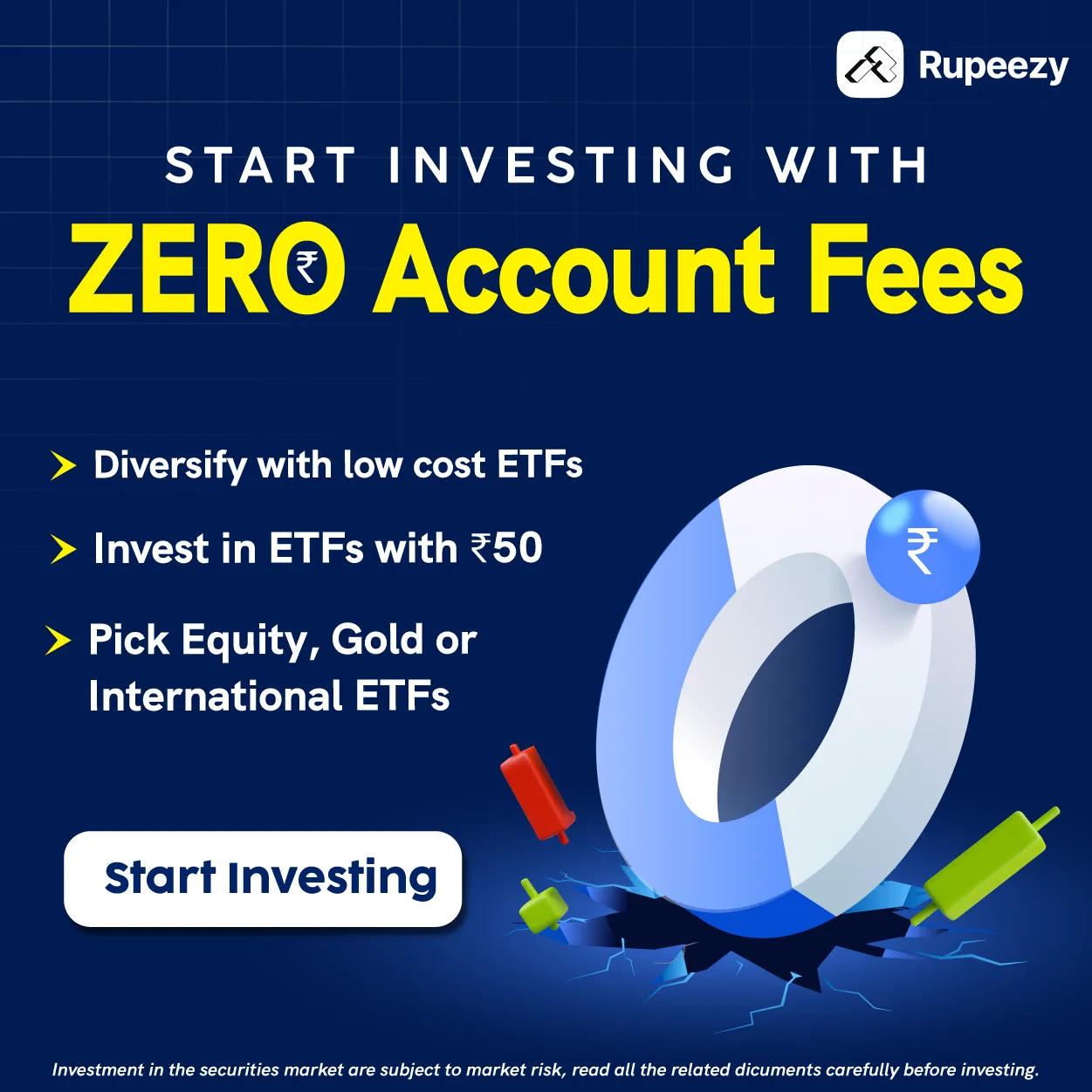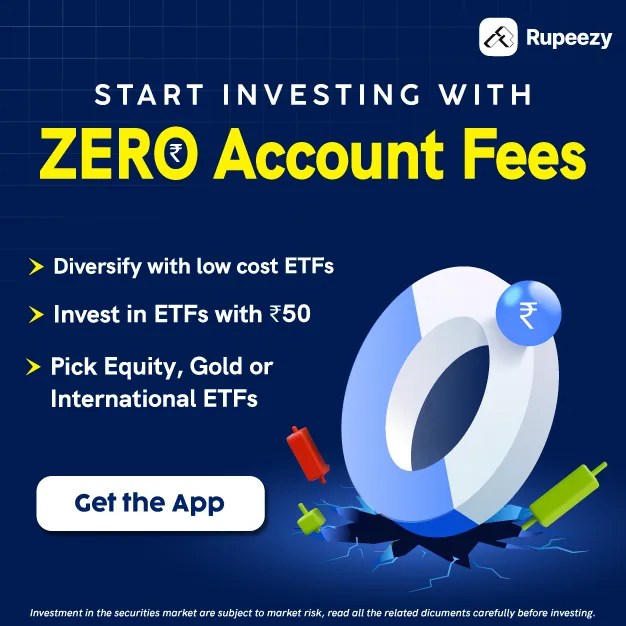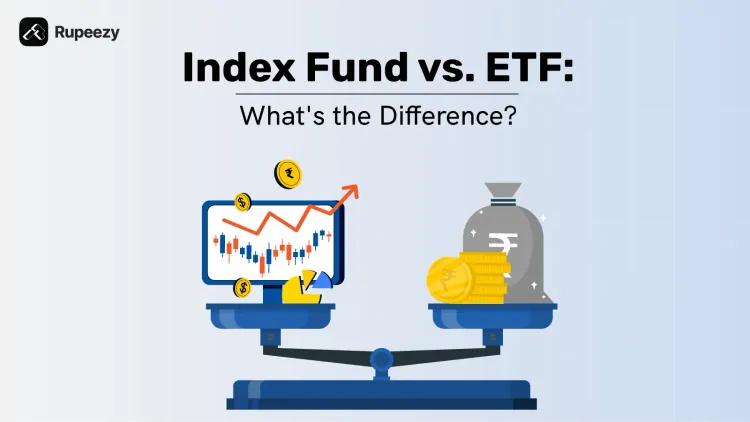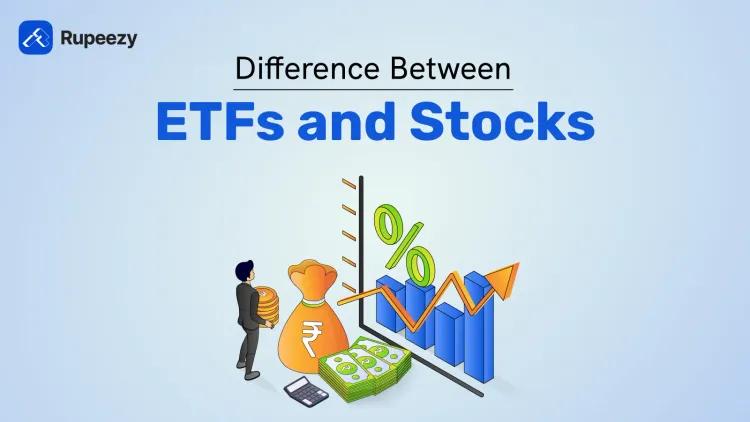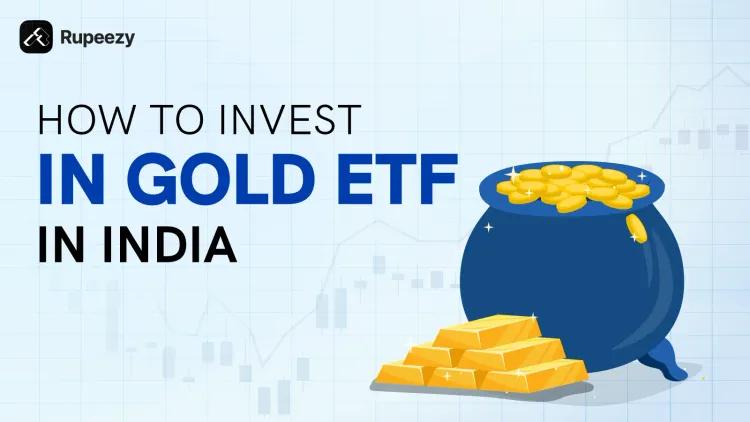Top 10 Smart Beta ETFs in India in 2025


00:00 / 00:00
In recent years, the Indian ETF ecosystem has evolved far beyond plain-vanilla market-cap index funds. Among the most promising innovations are smart beta ETFs and hybrid strategies that aim to capture factor premiums (value, momentum, quality, low volatility, etc.) within a rules-based, transparent structure. Smart beta lies between passive and active investing: it removes manager discretion but incorporates factor tilts in portfolio construction. As Indian investors become more sophisticated, smart beta ETFs are gaining traction.
However, the smart beta universe in India is still relatively nascent, with only a subset of mutual funds and ETFs adopting factor-based strategies. That said, as of 2025, several funds stand out either already launched or in early innings, promising exposure to systematic factor-based strategies. In this article, we’ll analyse what makes a smart beta ETF compelling, key metrics to evaluate them, and then present my pick for the top 10 smart beta ETFs or factor-based index funds / ETFs to watch or consider in India in 2025.
What Is a Smart Beta ETF & Why It Matters
Smart beta refers to strategies that depart from simple market-cap weighting by tilting exposure toward stocks exhibiting desirable characteristics. e.g., lower volatility, high quality, momentum, value, dividend yield, or combinations thereof.
Because these strategies rely on well-defined rules and transparency, smart beta sits between passive and active investing: it offers lower cost than active management, yet more structural intelligence than plain index funds.
The rationale: markets are not perfectly efficient; factor premiums (e.g. value premium, momentum effect) may persist over time. A smart beta ETF attempts to harvest these premiums while controlling for concentration risk and avoiding bias toward mega-cap stocks.
But smart beta is not risk-free. Factor performance is cyclical: value might underperform growth in some market regimes, momentum can get whipsawed, and rebalancing costs/turnover can erode gains.
Thus, selecting a smart beta ETF needs due diligence: understand which factor(s) a fund follows, its turnover, tracking error, expense ratio, index methodology, and how it behaves in stress scenarios.
Criteria for Ranking Smart Beta ETFs
Factor clarity and robustness: whether the underlying index is transparent, academically justified, and stable in methodology.
Live ETF or fund status: preference to those already launched or likely soon, over purely conceptual strategies.
Track record or backtested performance: ideally with multi-year data or index backtests.
Costs, turnover, tracking error: lower is better, all else equal.
AUM and liquidity/scale: higher AUM suggests investor confidence and better liquidity.
Diversification and risk management: how well the smart beta strategy avoids overconcentration or extreme exposure.
Factor cyclicality resilience: the ability of the fund to hold up across market cycles.
Given how few pure smart beta ETFs exist in India today, some of the names below are factor-based index funds or ETFs launched more recently or proposed, but they merit attention as leaders in this domain.
Top 10 Smart Beta ETFs to Watch in India (2025)
# | Name / Fund / ETF | Factor(s) / Strategy | Highlights / Strengths | Key Risks / Caveats |
1 | Momentum + Quality (smallcap) | Uses a composite of momentum and quality within the small-cap universe. | Small-cap volatility, drawdowns in adverse markets | |
2 | Mirae Asset Nifty MidSmallcap400 Momentum Quality 100 ETF | Mixed factor (Momentum + Quality) | Offers exposure across mid & small caps with a factor tilt. | Turnover, liquidity in more volatile names |
3 | Low volatility | Offers participation in large-cap stocks but with lower-risk stocks. | May underperform in strong bull markets | |
4 | Value | Picks 20 stocks from the Nifty50 universe using value metrics. | Value factor underperformance during growth/momentum regimes | |
5 | Kotak Nifty 200 Momentum 30 ETF | Momentum | Recently launched to track momentum within Nifty200. | As a new ETF, limited track record; momentum reversals |
6 | Motilal Oswal BSE Enhanced Value ETF | Enhanced value/value tilt | Selects undervalued names based on valuation multiples. | Risk if value factor loses favour; concentration |
7 | Edelweiss Nifty Alpha Low Volatility 30 Index Fund / ETF | Multi-factor (Alpha + Low Vol) | Combines alpha and low volatility in one product. | Complexity of combining factors; potential for style drift |
8 | Value | A relatively simpler value tilt ETF operating in India. | Value cycles, concentration risk | |
9 | Low volatility | Emphasises low-vol stocks to deliver smoother returns. | Limited upside during rallies | |
10 | Moderate volatility | Tracks the 20 most liquid value stocks from Nifty 50 to harness value investing benefits. | Can underperform growth stocks in bull markets, suitable for long-term investors. |
How to Use Smart Beta ETFs in Your Portfolio
As a Satellite Allocation
Smart beta ETFs are best deployed as satellite / tactical allocations (e.g. 10–25% of equity exposure), complementing a core portfolio of broad-based index ETFs (e.g. Nifty/Sensex). This way, you capture factor premiums without overloading on risks.
Factor Diversification
Avoid putting all your smart beta bets in a single factor. Combine low volatility, value, momentum, and quality exposures across multiple smart beta ETFs to smooth returns and reduce cyclicality.
Rebalance & Review
Because factor performance shifts over time, periodic rebalancing (e.g. semi-annual) and review of the underlying index methodology are critical. Don’t assume a factor remains in favour forever.
Capital Efficiency & Costs
Watch for turnover, transaction cost drag, tracking error, and bid-ask spreads. Smart beta’s outperformance is eroded if costs are high.
Behavioural Discipline
Smart beta is not guaranteed alpha. It can underperform in certain market phases. Maintain discipline and avoid chasing recent winners blindly.
Some investors who follow factor-based strategies also utilize the Margin Trading Facility (MTF) for tactical exposure, particularly when factors such as momentum or value start showing strong trends in related sectors. MTF allows traders to buy select stocks by paying only part of the capital upfront, with the broker funding the remainder. While smart beta ETFs themselves aren’t typically purchased through MTF, the facility can complement a factor approach by helping investors express short-term, higher-conviction positions. Because leverage amplifies both gains and losses, using MTF alongside smart beta strategies requires strict discipline, prudent sizing, and proper risk control.
Challenges & Risks
Factor underperformance cycles: There will be periods when some factors (like value or low volatility) lag significantly.
Limited track record: In India, most smart beta ETFs are young; past data may rely heavily on backtests.
Turnover and tax drag: Frequent rebalancing can incur transaction costs and capital gains.
Liquidity constraints: Some smart beta ETFs or constituent stocks may have lower liquidity, causing slippage.
Concentration risk/style drift: A poorly constructed smart beta may result in overexposure to a few names or sectors.
Fee and expense overheads: While cheaper than active funds, smart beta ETFs often carry higher fees than plain index ETFs due to complexity.
Conclusion
Smart beta ETFs offer Indian investors a promising middle ground, balancing passive discipline with a factor-driven strategy. While the landscape is still evolving, the 2025 era promises intriguing options like Mirae’s momentum-quality products, newly launched Kotak momentum ETF, HDFC low vol/value variants, and multi-factor combos. Used judiciously as satellite allocations, diversified across factors, and monitored for cost and performance, these ETFs can meaningfully enhance portfolio returns and risk profiles. But vigilantly watch factor cyclicality, liquidity, and expenses before committing.
The content on this blog is for educational purposes only and should not be considered investment advice. While we strive for accuracy, some information may contain errors or delays in updates.
Mentions of stocks or investment products are solely for informational purposes and do not constitute recommendations. Investors should conduct their own research before making any decisions.
Investing in financial markets are subject to market risks, and past performance does not guarantee future results. It is advisable to consult a qualified financial professional, review official documents, and verify information independently before making investment decisions.

All Category

